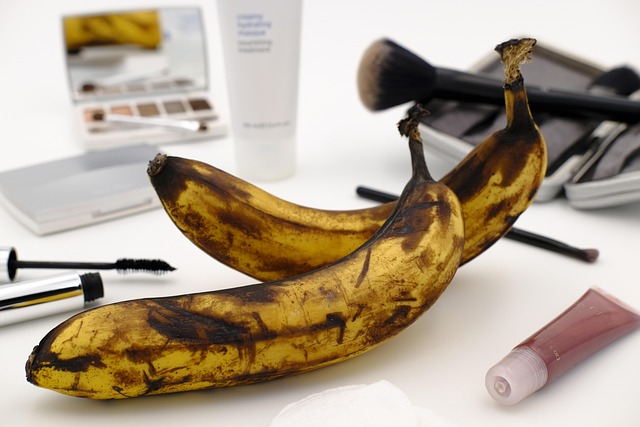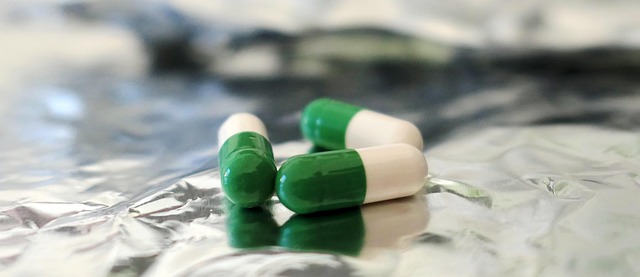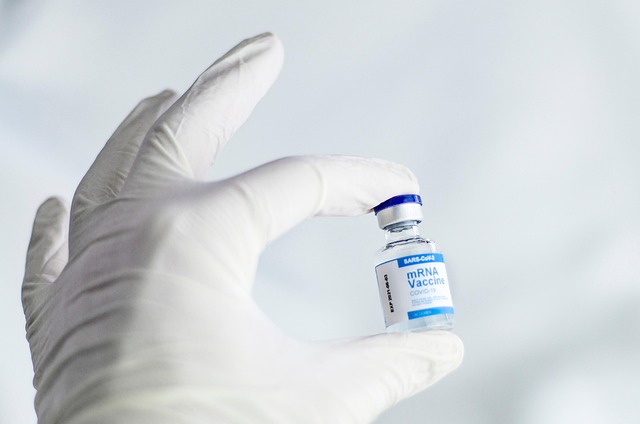Chemical peels are popular, effective anti-aging treatments using chemical solutions to exfoliate and stimulate skin renewal. Common acids like AHAs (glycolic, lactic) and BHA (salicylic) target fine lines, wrinkles, age spots, and hyperpigmentation. Superficial peels offer gentle exfoliation while deeper peels penetrate for severe concerns. Regular peel treatments exfoliate dead cells, boost collagen production, and improve skin texture, tone, and appearance. Choose a reputable spa with experienced estheticians offering tailored options and high-quality products in a relaxing environment. Post-peel care involves gentle cleansing, moisturizing, and broad-spectrum sunscreen to maximize results and protect healing skin.
Unveil the secrets to a youthful glow with our comprehensive guide to chemical peels as powerful anti-aging spa treatments. Discover how these scientific skin-renewing procedures combat wrinkles, fine lines, and age spots by stimulating collagen production and exfoliating dead skin cells. Explore various peel types tailored to specific concerns and learn about the transformative benefits of regular treatments for a radiant, rejuvenated complexion. We’ll also guide you in choosing the perfect spa and post-peel care tips to maximize results.
Understanding Chemical Peels: Unlocking Anti-Aging Secrets

Chemical peels are a popular anti-aging treatment that has taken the spa industry by storm. They work by applying a chemical solution to the skin, which removes the upper layer of damaged or dead skin cells, revealing smoother, younger-looking skin beneath. This process, known as exfoliation, is key to unlocking the anti-aging benefits of chemical peels.
By promoting cell turnover and stimulation of collagen production, these treatments help reduce the appearance of fine lines, wrinkles, and age spots. The most common types of chemicals used include alpha hydroxy acids (AHAs) like glycolic acid and lactic acid, beta hydroxy acids (BHAs), and trichloroacetic acid (TCA). Each has unique properties that cater to different skin concerns, making chemical peels a versatile choice for those seeking effective anti-aging solutions.
The Science Behind Skin Aging and How Peels Combat It

The science behind skin aging reveals a complex interplay between environmental factors, lifestyle choices, and genetic predispositions. Over time, our skin undergoes structural changes, losing elasticity and collagen production, which results in fine lines, wrinkles, and reduced skin texture. Additionally, age spots and hyperpigmentation may develop due to prolonged sun exposure, a significant contributor to premature aging.
Chemical peels, as anti-aging treatments, offer a targeted approach to combat these signs of aging. By applying acidic solutions to the skin, peels gently exfoliate the upper layers, removing dead skin cells and stimulating collagen production. This process not only improves skin texture and tone but also boosts cellular turnover, enhancing overall skin health. The science behind chemical peels lies in their ability to reshape the skin’s surface, revealing a smoother, more youthful complexion beneath.
Different Types of Chemical Peels for Various Skin Concerns

Chemical peels are a popular choice for those seeking anti-aging treatments, offering a non-invasive way to transform the skin’s texture and appearance. The beauty of chemical peels lies in their versatility—different types cater to various skin concerns. For instance, superficial peels, such as lactic acid or glycolic acid peels, are ideal for gentle exfoliation and brightening the complexion. These peels are excellent for addressing fine lines, hyperpigmentation, and uneven skin tone, making them a go-to for those looking for a radiant glow.
On the other hand, deeper chemical peels, like trichloroacetic acid (TCA) or salicylic acid peels, penetrate further into the skin to target more significant concerns. These peels are effective in reducing moderate to severe fine lines and wrinkles, as well as treating acne scars and congestion. For individuals battling sun damage or a thick layer of dead skin cells, deeper peels offer a powerful solution, revealing smoother, more youthful-looking skin.
Benefits of Regular Anti-Aging Peel Treatments

Regular anti-aging peel treatments offer a plethora of benefits for your skin, making them a popular choice in spa routines. These specialized procedures help exfoliate the top layer of skin, removing dead cells and revealing smoother, brighter skin beneath. By stimulating collagen production, anti-aging peels can improve skin texture, reduce fine lines and wrinkles, and enhance overall complexion.
Additionally, they provide an effective way to address various skin concerns such as hyperpigmentation, acne scars, and age spots. The rejuvenated skin that results from regular peel treatments appears more youthful, even-toned, and radiant. This non-invasive approach to anti-aging is safe for most skin types and can be tailored to individual needs, making it a top choice for those seeking to maintain or restore their skin’s vitality.
Choosing the Right Spa for Your Skin's Journey

When considering chemical peels for anti-aging treatments, selecting the right spa is paramount to achieving optimal results. Look for a facility that prioritizes skin care and has experienced estheticians who can assess your unique skin needs. A top-tier spa should offer a range of chemical peel options, from mild to strong, allowing you to choose the intensity suitable for your skin type.
Reputation and customer reviews are valuable indicators. Research spas in your area, read client testimonials, and check their credentials. Ensure they use high-quality, professional-grade products and follow safe, sterile procedures. An ideal spa will provide a relaxing, hygienic environment, enhancing your overall experience and ensuring your skin’s journey towards rejuvenation is in capable hands.
Post-Peel Care: Nurturing Your Skin's Transformation

After a chemical peel, your skin undergoes a transformative phase, and proper post-peel care is crucial for optimal results. The first few days are sensitive, so it’s essential to create a nurturing skincare routine. Start by cleansing your face gently with a mild, pH-balanced cleanser to remove any impurities without irritating the skin. Follow up with a soothing moisturizer designed for post-peel application. These products help replenish and restore the skin’s natural barrier, ensuring comfort and promoting healing.
Avoid harsh or stimulant-rich products until your skin has completely regenerated. The use of broad-spectrum sunscreen is mandatory during this period and afterward, as your skin will be more sensitive to UV rays. Remember, chemical peels are powerful anti-aging treatments that can significantly improve skin texture and tone, but maintaining a diligent skincare regimen post-treatment is key to preserving the results and ensuring your skin’s continued transformation.
